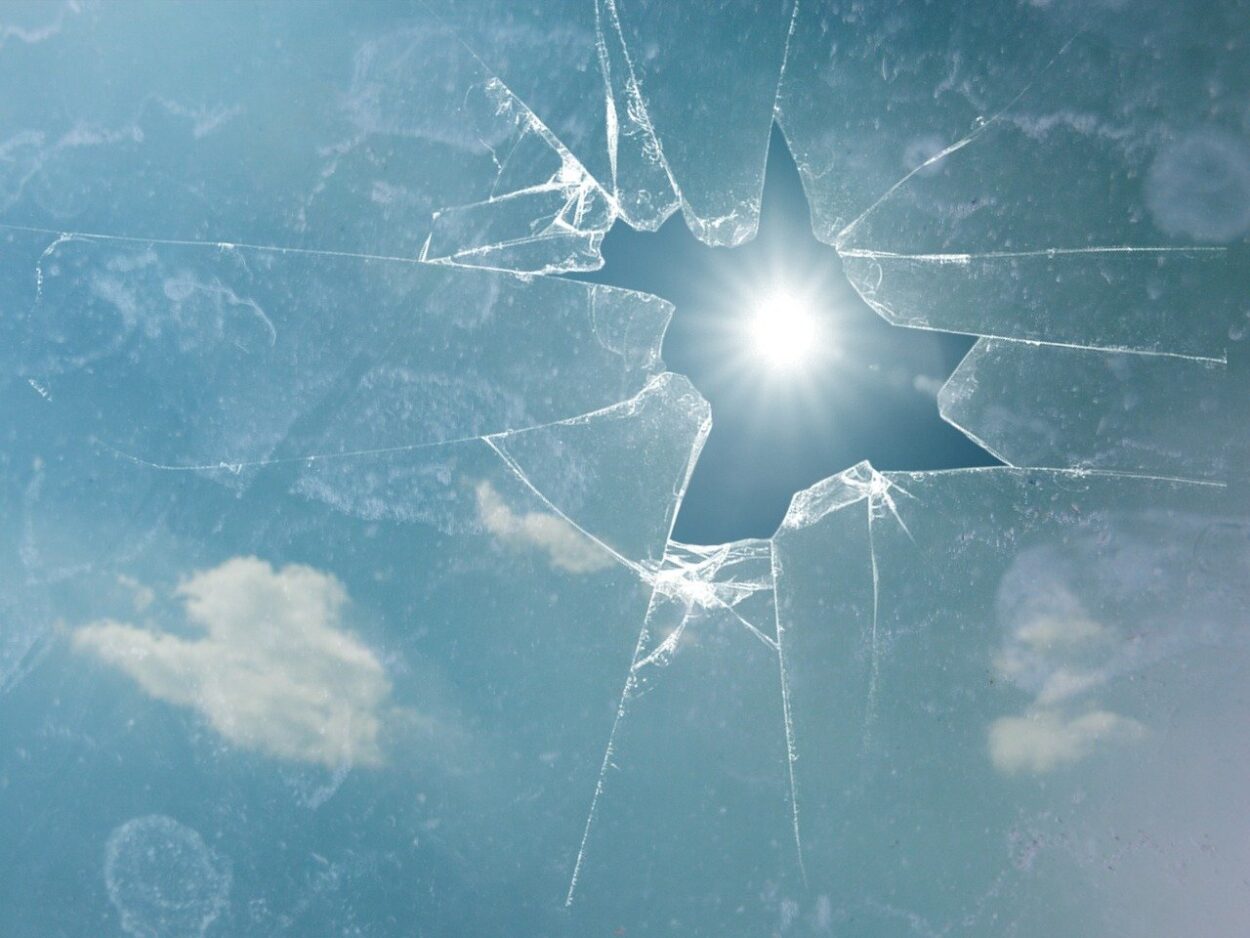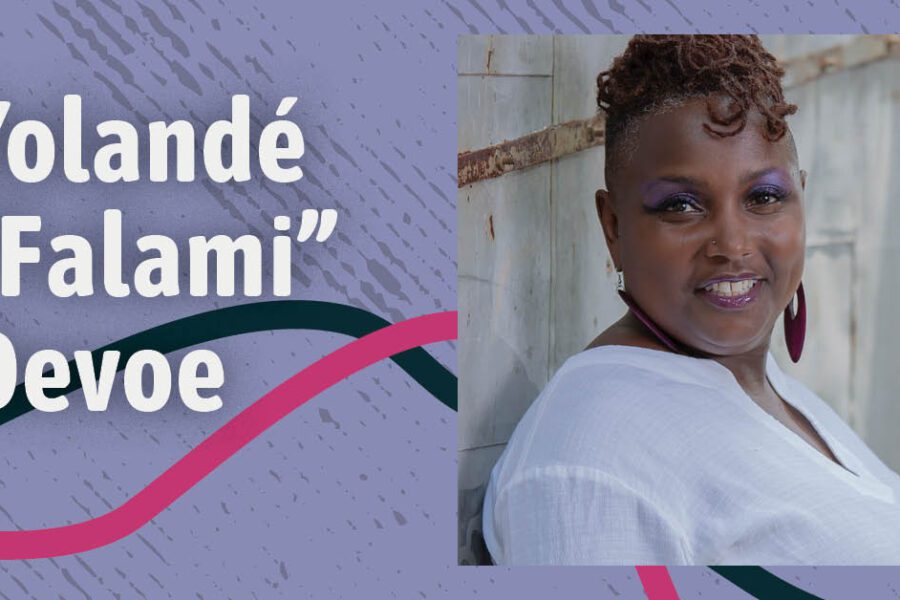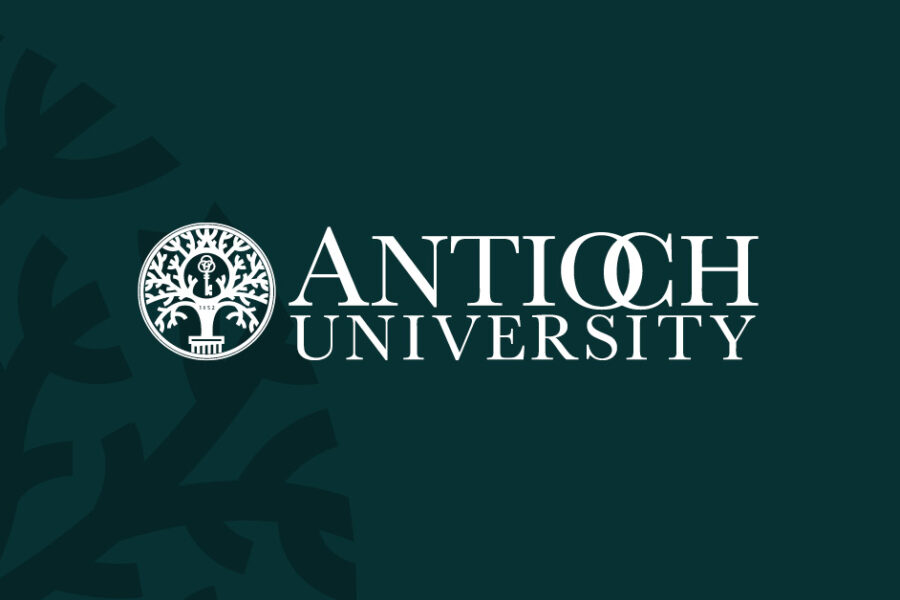
The Tree of Life synagogue is in the Squirrel Hill neighborhood of Pittsburgh, the neighborhood where I grew up from ages zero to eighteen and where my family still lives. I am Jewish on my mother’s side, and thankfully (for me) I do not know anyone who was in the synagogue at the time. The name Squirrel Hill almost says it all, but for me it is the definition of a safe neighborhood: tree-lined streets, kids riding bikes, teens walking the small business district after school. For a violent act to breach the safety of my neighborhood was… I barely have words for it. Shocking. Saddening. For it to be a hate crime…nearly unbelievable. A crime this extreme causes an almost knee-jerk reaction in me to try to make peace with it by dismissing it as an outlier. It is terrible, but it is reality, and fortunately, an uncommon one. What can you do about the mental illness that must be involved?
The current political climate and my studies through the Urban Environmental Education program made me think deeper. I thought about the Black Lives Matter movement, about how each life lost could have been (and in many court cases literally was) dismissed as a random act. But that would be missing the underlying causes that allow this type of violence to happen. In my “Equity, Race, and Culture” class we recently studied different aspects of oppression: exploitation, marginalization, powerlessness, cultural imperialism, and violence. This was the first time I had ever considered that violence is more than a personal act, that it echoes systems of power in our society. Only in a society where certain groups hold power over others will individuals experience violence simply for being a member of a particular group: Jewish, Black, female, gay, trans, etc. As the author Iris Marion Young explains, “Violence is a social practice.” Only in a society where Christian is ranked differently than Jew, where national is ranked differently than refugee (for this congregation was targeted in part for its work helping refugees) would the idea have even occurred to this synagogue shooter.

Learning to perceive the invisible power structures in our society is one of the main goals of this class. Once you start looking for them in everyday life—not only in acts of violence but in the ways people talk to each other and the ways institutions are designed—you see them everywhere. It is like having a superpower, like X-ray vision that enables you to see through solid objects to the systems of power beneath the surface. Because we are all moving through this world, we all to some extent adopt these hidden assumptions about what types of people are better than others without even realizing it.
As part of the class, one of our assignments is to keep a journal to document every time we catch a glimpse of these power structures that categorize and rank people in our society. I have observed oppression in other people, in institutions, and in myself. At a time like this, this is work we all need to do, and it is not easy. Aleksandr Solzhenitsyn said it this way: “The line dividing good and evil cuts through the heart of every human being. And who is willing to destroy a piece of his own heart?” I would amend the word “destroy” and say that our work right now is to examine and to heal our own hearts.
Melani Baker is a graduate student in our Urban Environmental Education program.






